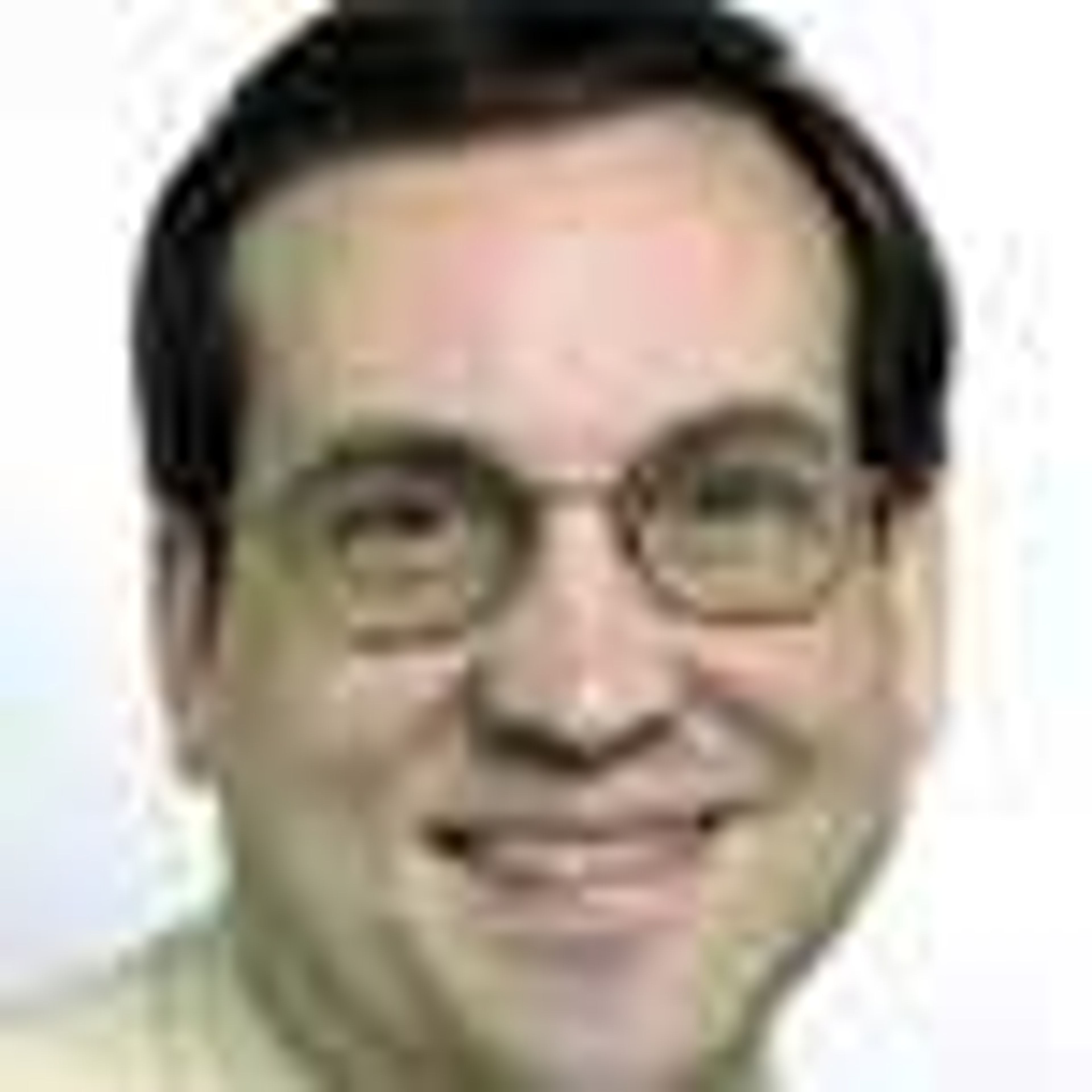Room at the top?
Southeast Missourian In a decade that saw a drop of 37 full-time teaching positions and minimal enrollment gains at Southeast Missouri State University, the Cape Girardeau school increased administrators at a rate of 29 percent. That statistic, plus a comparison of Southeast administrators with their colleagues at similarly sized state universities, have some professors questioning the school's priorities. ...
Southeast Missourian
In a decade that saw a drop of 37 full-time teaching positions and minimal enrollment gains at Southeast Missouri State University, the Cape Girardeau school increased administrators at a rate of 29 percent.
That statistic, plus a comparison of Southeast administrators with their colleagues at similarly sized state universities, have some professors questioning the school's priorities. Meanwhile, Dr. Ken Dobbins, university president, insists the school is far from top heavy, and more administrators were necessary for satellite campuses in Sikeston, Kennett and Malden.
From 1990 to 2000, the number of Southeast administrators went from 48 to 62. Enrollment grew by only 147 students, a 1.67 percent increase, and the total number of full-time employees at Southeast grew by 7.5 percent to 1,055.
Faculty members such as economics professor Dr. Terry Sutton say they're worried about the trend.
"They just keep adding more and more," Sutton said. Southeast doesn't need all those administrative positions, he said, because they add to costs for students.
Dr. Rick Althaus, political science professor at Southeast, also worries about the rising number of administrators.
"The number of full-time faculty is going down and the number of full-time administrators is going up. That's what I don't like," said Althaus, who has been teaching at the school since 1980.
Southeast had nearly twice as many administrators as Central Missouri State University in fall 2000, according to Missouri Department of Higher Education statistics. Central had 33, a drop of six administrative positions from 1990.
Defining administrators
Administrative employees include everyone from the university president and his top assistants to vice presidents, deans and department and program directors.
Southeast officials say the numbers are misleading because comparisons depend on how schools define administrative positions. Central Missouri State doesn't count all its supervisory directors as administrative employees while Southeast does, Dobbins said.
Don Nimmer, director of institutional research at Central Missouri State in Warrensburg, Mo., agreed that it's a matter of interpretation. "There is wiggle room on definitions," he said.
The two schools are similar in size. Central Missouri State had 1,212 full-time employees and an enrollment of 10,936 students in 2000. Southeast had slightly fewer employees and an enrollment of 8,948.
Southeast is far behind administrative hiring in comparison to another state university. The University of Missouri-Rolla had only 4,626 students in 2000, but 71 administrators.
The number of full-time faculty at Southeast dropped by nearly 9 percent over the past decade. In fall 2000, Southeast had 388 full-time faculty compared to 351 in 1990.
In a comparison of nine four-year public universities in Missouri, Southeast was one of only three schools to finish the decade with fewer faculty. The others were Central Missouri State and the University of Missouri-Rolla, both of which experienced enrollment declines.
Dobbins said some faculty positions were eliminated in the 1990s as part of a move to boost teachers' salaries. But redefining coaches as professional staff in 1994 rather than faculty accounted for 24 of the lost faculty positions, he said.
Dobbins said Southeast has added several administrative positions to direct its higher education centers in Sikeston, Malden and Kennett.
Teachers with Southeast and Three Rivers Community College in Poplar Bluff, Mo., instruct classes at the centers. Those centers have a combined enrollment of about 1,000 students. That number includes students taking Three Rivers courses who aren't counted in Southeast's enrollment.
Southeast, in effect, is managing a series of campuses with a combined enrollment of 10,000 students, Dobbins said.
Looking beyond administrators
Dobbins said it's important to look at more than administrative positions. Universities have professional staff -- those who work under the administrators -- as well as computer technicians and other technical personnel.
He said such comparisons give a more accurate picture of staffing at Southeast.
Central Missouri State had 379 full-time employees in those three categories combined in 2000 compared to 297 for Southeast, records show.
Central had 213 professional staff employees in 2000, a 53-percent jump since 1990. Southeast listed 192 professional staffers, a 44 percent jump.
Besides coaches, Southeast's growth in the professional staff included 32 grant-funded positions, Dobbins said. "More grants means more people on staff," he said.
Southeast listed only 43 technical staff employees in 2000 compared to 133 for Central.
Judy Vickrey, vice president for finance and administration at Central Missouri State, said the school has eliminated several administrative positions as people have retired or resigned.
Still, critics remain at Central, too.
"Faculty will tell you we still have too many administrators," Vickrey said.
More online
Click here for a statistical comparison of Southeast Missouri State University and eight other public colleges in the state.
335-6611, extension 123
Connect with the Southeast Missourian Newsroom:
For corrections to this story or other insights for the editor, click here. To submit a letter to the editor, click here. To learn about the Southeast Missourian’s AI Policy, click here.










